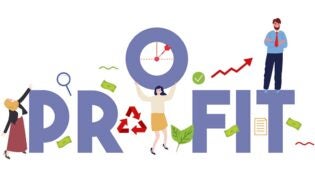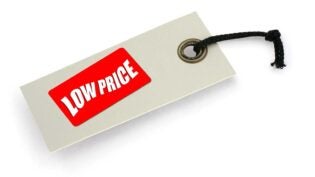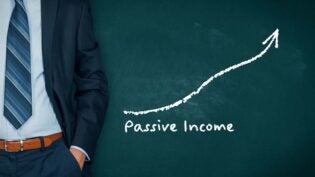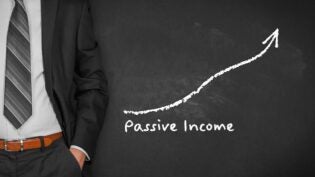
We’ve long had the idea that a value proposition has to do with “exceeding customer expectations” or “giving the customer more than they paid for.” I’ve held that position but am questioning it.
Instead, perhaps the real value proposition is giving the customer exactly what they want/need at a price they are willing to pay for it. And doing this consistently in every interchange.
I first started thinking about this during one of my ritual visits to Starbucks. As background, I love Starbucks—the consistency of experience, the speed of service, and an always consistent Grande Dark Roast coffee (with no room for cream). In total, it’s worth the several dollars I pay for it. They deliver on the value I expect for those few dollars—nothing more, nothing less. It’s a great value proposition for me.
Recently, I happened to visit another Starbucks. It was the same cup of coffee at the same price. But my experience was very different than in other stores. The service was slow, the people were flustered, confused—a little impolite. I experienced the same thing in the same store two days in a row. On the 3rd and 4th day, I went to a little coffee shop down the street to buy a cup of coffee to go. What happened is that particular Starbucks outlet was not delivering on the value proposition. What I was paying for the experience/cup of coffee no longer seemed worth it.
I’ll still visit Starbucks for my daily fix, but I’ll never go to that Starbucks because they failed to deliver what I was paying for.
It seems to me, a winning value proposition is giving the customer exactly what they are paying for in each and every exchange. Anything more is a waste—it’s something they don’t care about, and consequently don’t value.
What does it mean to be giving the customer exactly what they are willing to pay for?
First, it is understanding what they are willing to pay for, and how much they are willing to pay. This is actually quite complex, it’s really not about “Are you willing to pay $1M for a solution?” It’s really the complex interaction between what they value, what they want to achieve, the consequences of doing nothing, their experience in the process, the return they expect, and so forth. And it’s different for every alternative they consider.
Our value equation is not just the benefits of the solution we deliver for the price we offer, it’s the total experience. Do we use their time well, are we delivering ideas and insights that are helpful/meaningful, and important to them, or are we indistinguishable from everyone else?
It could be as simple as determining the value proposition for a meeting. The customer pays for these meetings/interchanges with their time. They want their time used well, they may want to learn something, they may want to make progress in a project. We create value in the meeting by delivering on that expectation. We sustain that value creation by doing so every time. The moment we fail, then the customer isn’t getting what they paid for (in this case their time.)
It could be a solution selection the customer makes. The customer is making a tradeoff on what they expect to receive versus what they are willing to pay for it. If they aren’t willing to pay for what we are providing (not just the product, but the whole customer experience), then we’ve not understood what they really value.
Secondly, we talk about “adding value.” Delivering more than the customer is willing to pay for is a waste, both for the customer and us. Being a little harsh, these perceived “freebies” devalue our offering. If I were a customer and you are selling me on all the additional stuff you are providing at the price, I would say, “I don’t need that. But since you can offer them in your price, please remove them and reduce your price.” Clearly, we can’t do that with our products, but we should stop talking about that stuff they don’t care about.
Finally, we need to deliver the value we committed and is expected. All the other things we do are meaningless if we don’t deliver on the total value proposition. That one Starbuck’s store lost my business (and the business of those I told to avoid it) because they couldn’t deliver on the total value proposition. It was a great cup of coffee, but everything else was deficient. I wasn’t paying for a cup of coffee.
If we deliver a product that works, but the experience of using that product, interacting with the company, or the sheer “hassle factor” is more than the price the customer is willing to pay, then the customer needs to go somewhere else.
In some sense, our value proposition is like a Balance Sheet. The Assets and Liabilities are always equal. Understand the complete expectations of your customer. Deliver on that total value at the price they are willing to pay. If you can’t, don’t waste your or their time.












